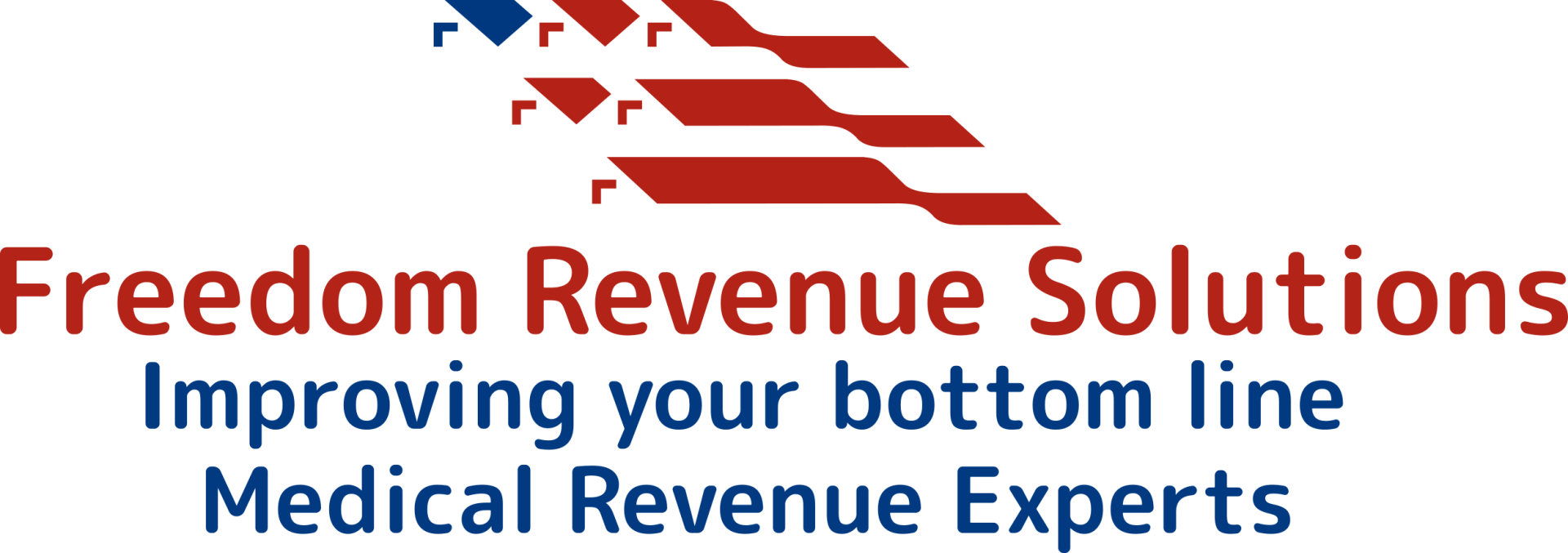A Comprehensive Guide to Revenue Cycle Analytics for Physicians
If you’re the owner of a small medical practice and you’re beginning to think about financial management, you’ll realize pretty quickly how vital revenue cycles are for keeping things ticking along.
So, over the course of this article, we’ll take a closer look at a few of the concepts that make up healthcare revenue cycle analytics, and we’ll also see why you might want to outsource some of your medical billing and coding needs to PMN.
The Basics: What is Healthcare Revenue Cycle Analytics?
In essence, healthcare revenue cycle analytics basically means using insights to manage and generally look after the financial performance of your medical practice.
Generally speaking, this kind of thing encompasses the entire revenue cycle process, too – whether it’s things like patient registration and appointment scheduling or processing claims and collecting your payments.
Once healthcare organizations have been running for a while, they’re naturally going to build up quite a bit of historical data and operational metrics that you can look back on, so the general idea here is that you’re able to know what areas of your revenue cycle you need to improve/are currently going well.
Why Efficient Revenue Cycle Management Matters
It goes without saying that pretty much every healthcare organization wants to have stable revenue cycle performance, and that’s irrespective of how large your practice is in terms of size.
Ultimately, this kind of thing is going to ensure that you’re not only receiving all of your reimbursements on time and have accurate billing, but you’re also going to stay compliant with various industry benchmarks.
As a small practice owner, you’ll probably be aware of just a few of the challenges you face on a daily basis, from billing inefficiencies to staff productivity issues. You’re going to need a much more strategic approach if you actually want to handle these issues, so this is essentially where revenue cycle analytics solutions come into play since any decisions you need to make from this point forward are data driven decisions.
Making Sense of Revenue Cycle Analytics Solutions
Following on from the previous point, implementing some kind of revenue cycle analytics solution into your practice is basically going to give you access to a range of new performance-based information to make informed decisions.
These types of tools use something called predictive analytics to identify a few different trends within your practice, as well as make your general operations more efficient. Once you’ve finally got an understanding of both your financial and operational data, you and your physicians are now able to track your net revenue and spot any areas that might need improving.
Why Consider Outsourcing to PMN?
In general, there are actually quite a lot of different ways you’re able to access revenue cycle solutions, but for small practices, you’d always want to outsource to a third-party company like PMN.
The team over at PMN not only specializes in healthcare revenue cycle analytics, but they’re also able to offer tailored solutions to your practice so your particular revenue cycle is managed appropriately.
Let’s take a closer look at what outsourcing to a company with over 20+ years of experience can provide your practice:
1. Expertise in Healthcare Revenue Cycle
Simply put, you’re gaining access to a huge amount of expertise not only when it comes to healthcare revenue cycle management but also in the medical billing and coding world in general. They’ve got a team that’s well-versed in all the best industry practices, so no matter how small your practice is, you’ll be able to perform to the best of your abilities.
2. Enhanced Staff Productivity
Given how PMN takes control of all of the administrative tasks involved with your revenue cycle management, all of your internal staff are now going to be able to focus on providing care to your patients on a much more personal level.
3. Proactive Revenue Leakage Prevention
Going back to predictive analytics, PMN also uses this so they can spot any potential revenue leakage points in your current revenue cycle.
Adopting a proactive approach like this can be pretty helpful when it comes to plugging any financial gaps or generally ensuring that your practice captures all revenue owed.
If you’d be interested in hearing more about the kind of impact that PMN can have on your practice’s bottom line – whether it’s reducing A/R days or generally ensuring you don’t receive any claim denials – don’t hesitate to get in touch with their helpful support staff by calling (949) 215-5055 or by visiting their office in person in Laguna Hills, Orange County, California!
FAQs
What Role Does Operational Efficiency Play In Enhancing The Overall Patient Experience For Small Practices?
It may not be immediately obvious, but operational efficiency actually has a direct impact on the overall patient experience across the majority of smaller practices. Whether it’s with shorter wait times, thanks to your processes being more streamlined, or by simply giving your patients a positive impression, your patient satisfaction will definitely increase.
Can Small Practices Use Revenue Cycle Analytics To Negotiate Better Contracts With Payers?
Definitely, and this is actually one of the main benefits of using revenue cycle analytics – gaining access to actionable insights about your practice that’ll let you negotiate better terms on contracts. Essentially, this will help ensure your reimbursement rates are fair, which will have a positive impact on your practice’s overall financial health.















